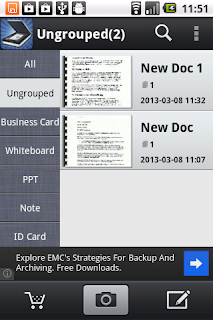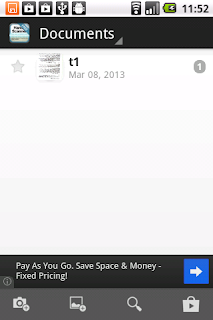The plan is -there is no plan. Or as we used to say diving -plan the dive, change the plan! Which is why I spent half an hour in the Port Napier sitting in a corridor waiting for the mud to settle on one occasion, and spent 30 minutes another time getting a singularly dull view of the bottom of the hull. Both times we missed the excellent dive through the middle of it.
| Mucked it up twice and it's so big! |
Both these times proper application of the 5 Ps would have resulted in a good dive, or even the ability to tell left from right on the second dive. That's Proper Planning Prevents Poor Performance to the uninitiated, for the initiated there's a sixth P -but this is a family blog.
Time for a plan then?
Well no, not a formal one anyway, it's easy to start planning too soon. I was working at GEC when the Nimrod AEW project collapsed, fortunately not for that bit, but £1 billion, in 1980s money! Part of the problem, I was told at the time, was the early specification of the hardware, and requirements that changed.Anyway we're all Agile and Scrum now, we don't have plans we have backlogs, we don't have delivery dates we have sprints. So, in the spirit of Agile we'll start a product backlog and a sprint backlog although the latter will be pretty flaky as I don't know how much time I'll have to spend on this.
Or should we go Lean?
If I was in the day job, leading the team, we'd have a bunch of meetings to thrash out the product backlog with the rest of the business, playing by MoSCoW rules. Next we'd get together as a team, do the poker planning and work out what would go into the sprint. Since we're a self-managing team people would take ownership of tasks (unless I decided otherwise -that's what they pay me for.) and we'd disappear into our sprint.
But you know what? It's just me, I think we'll just have a list. Since we're at an early stage and just getting used to the technology we can start with :
- Get camera working from within app.
- Save image.
- Upload image (somewhere).

